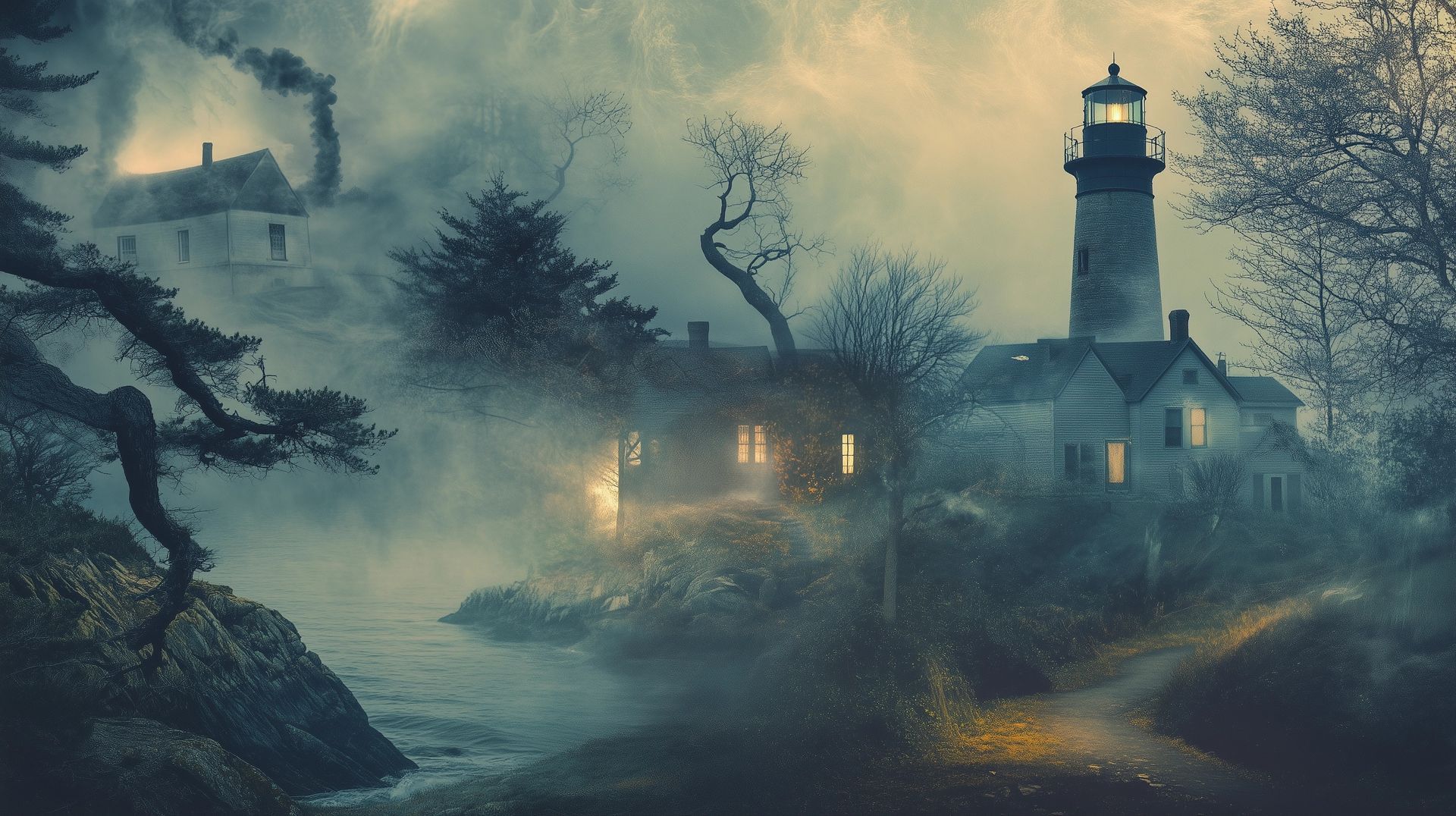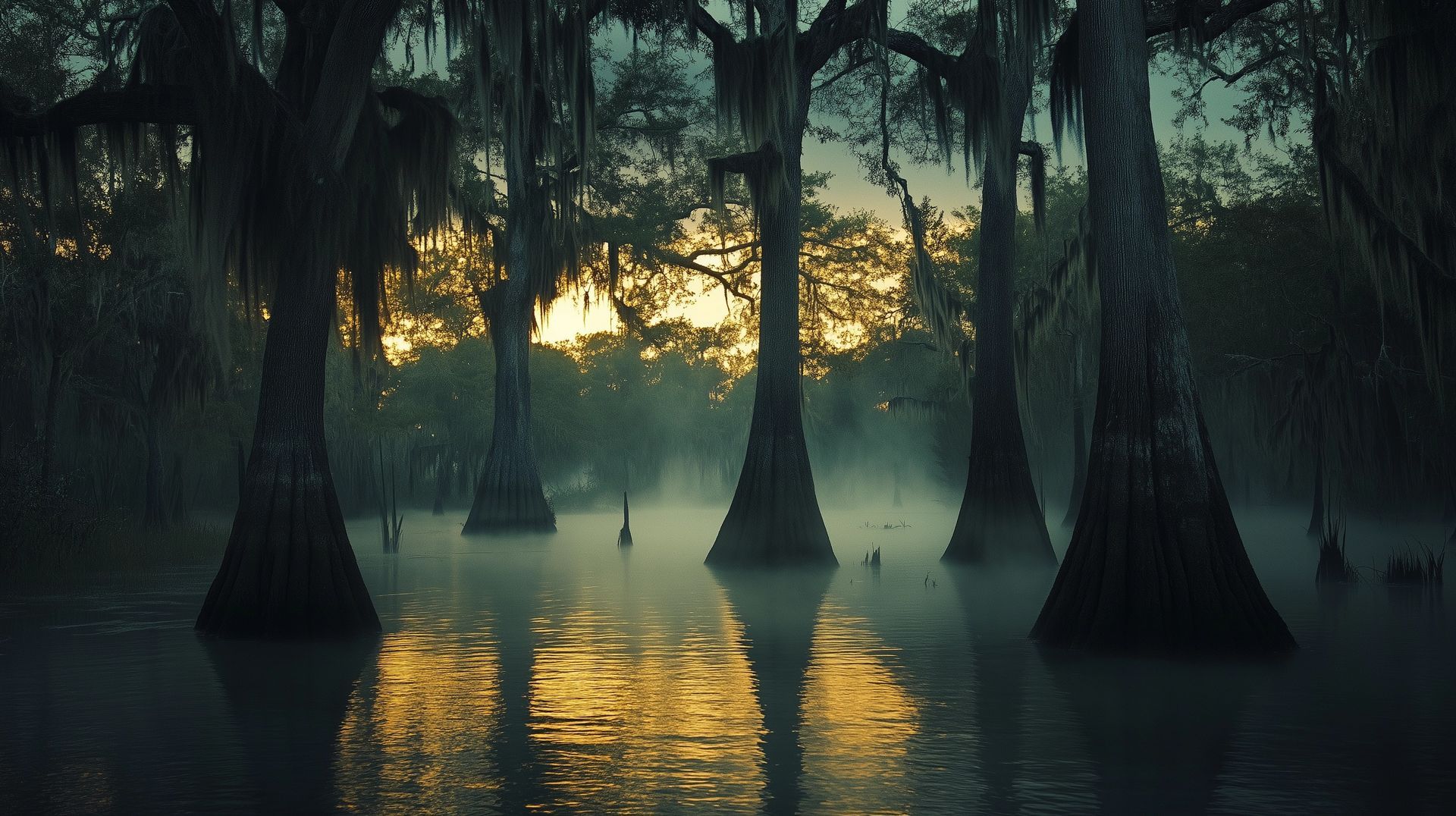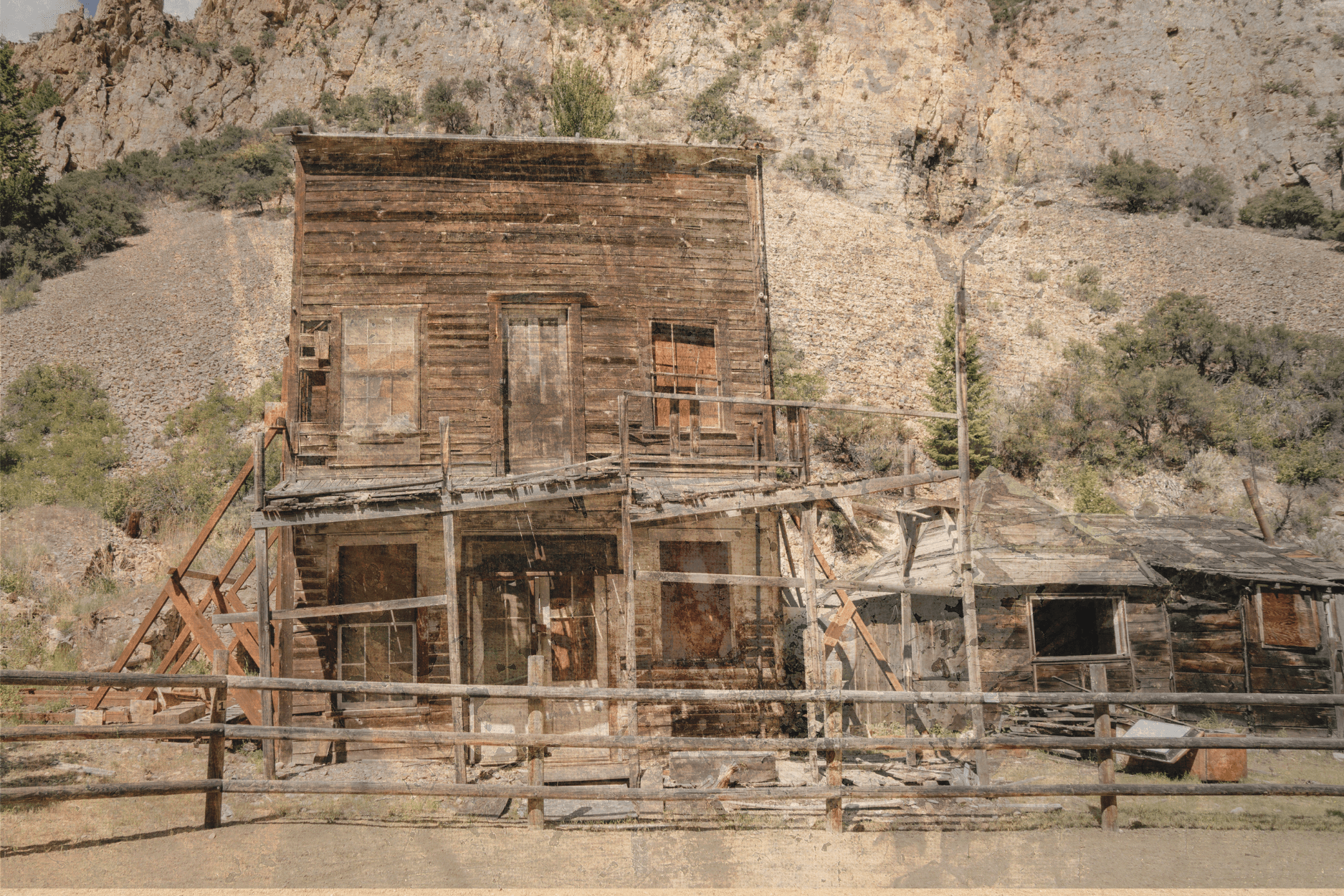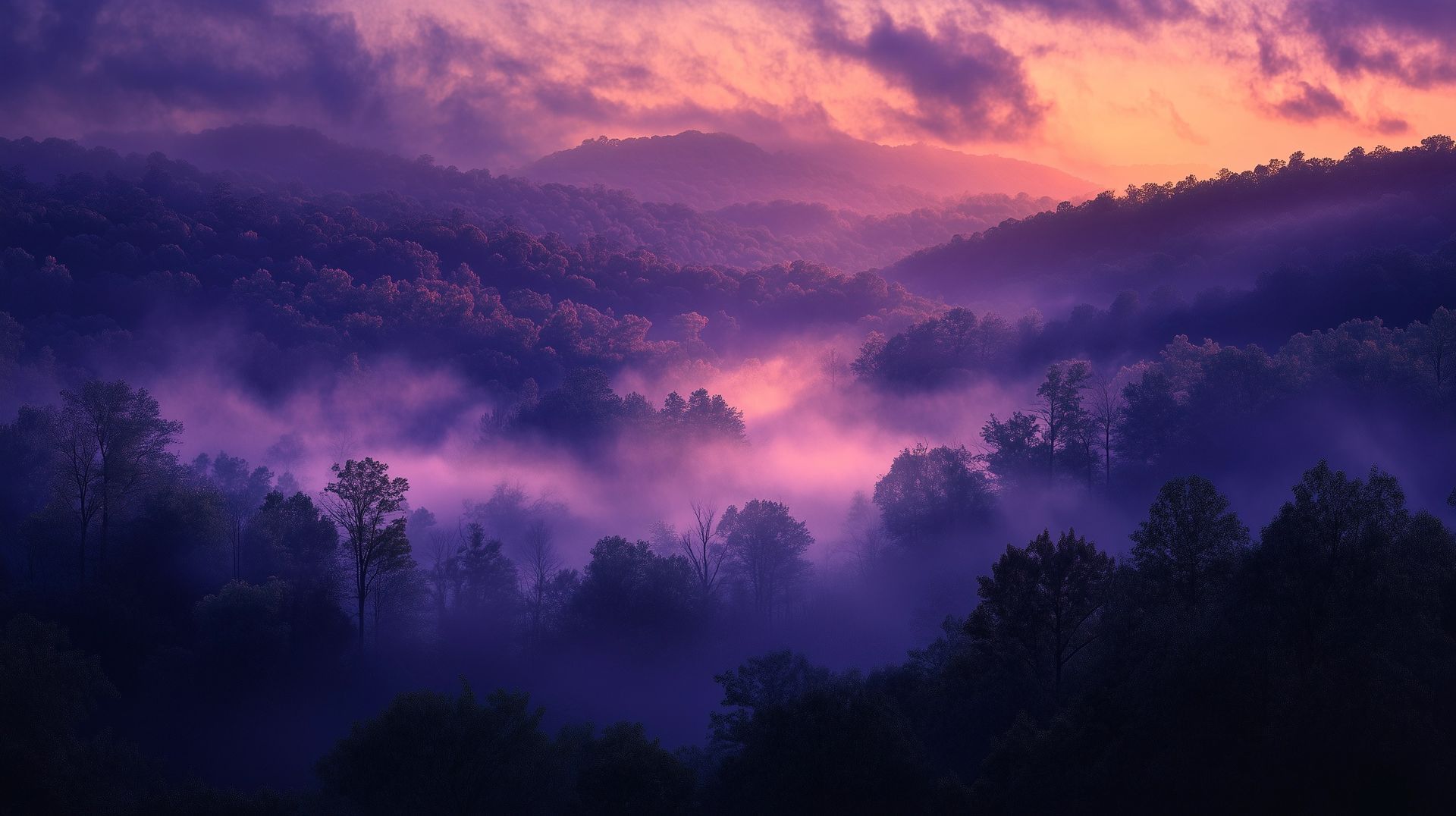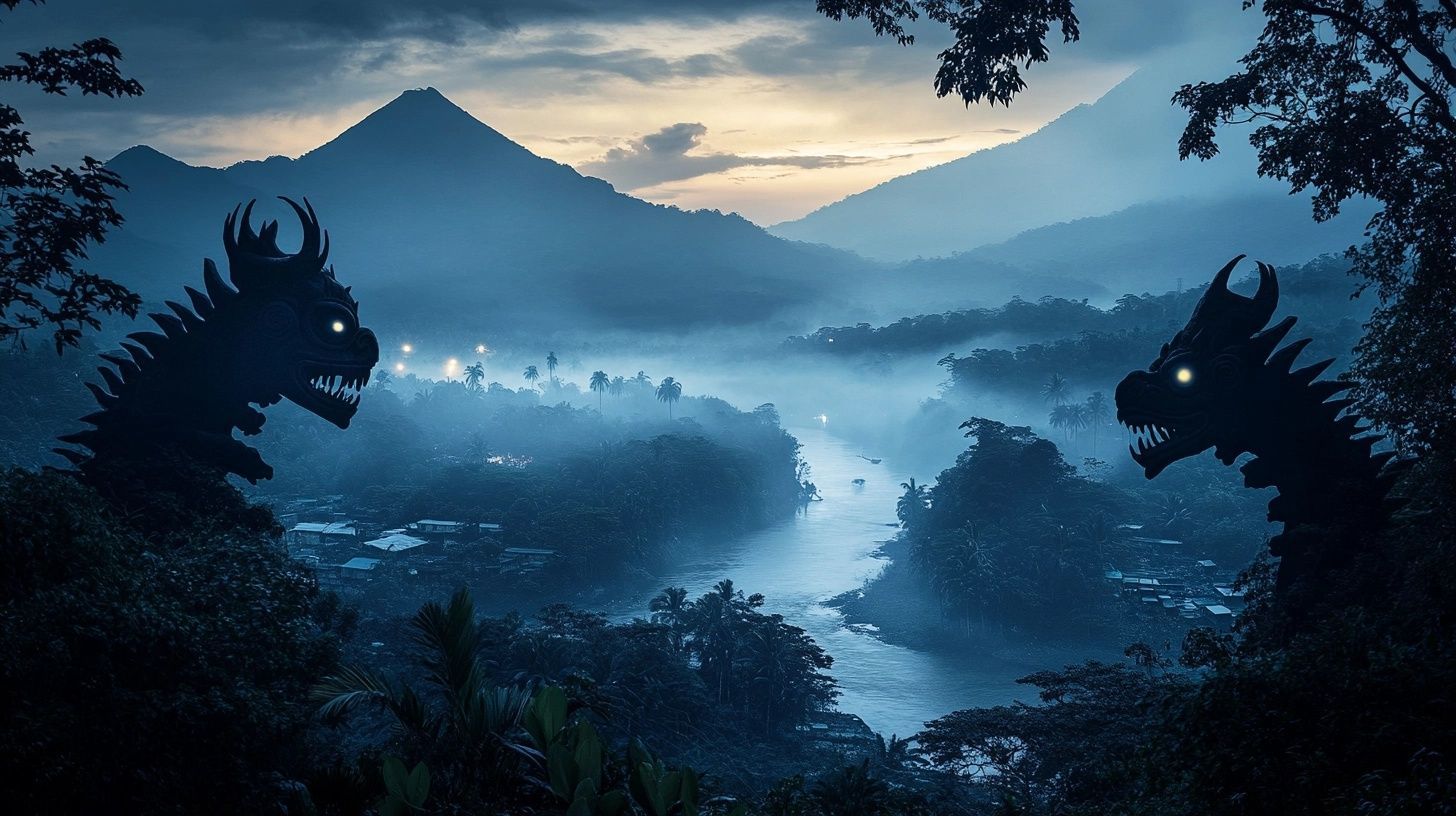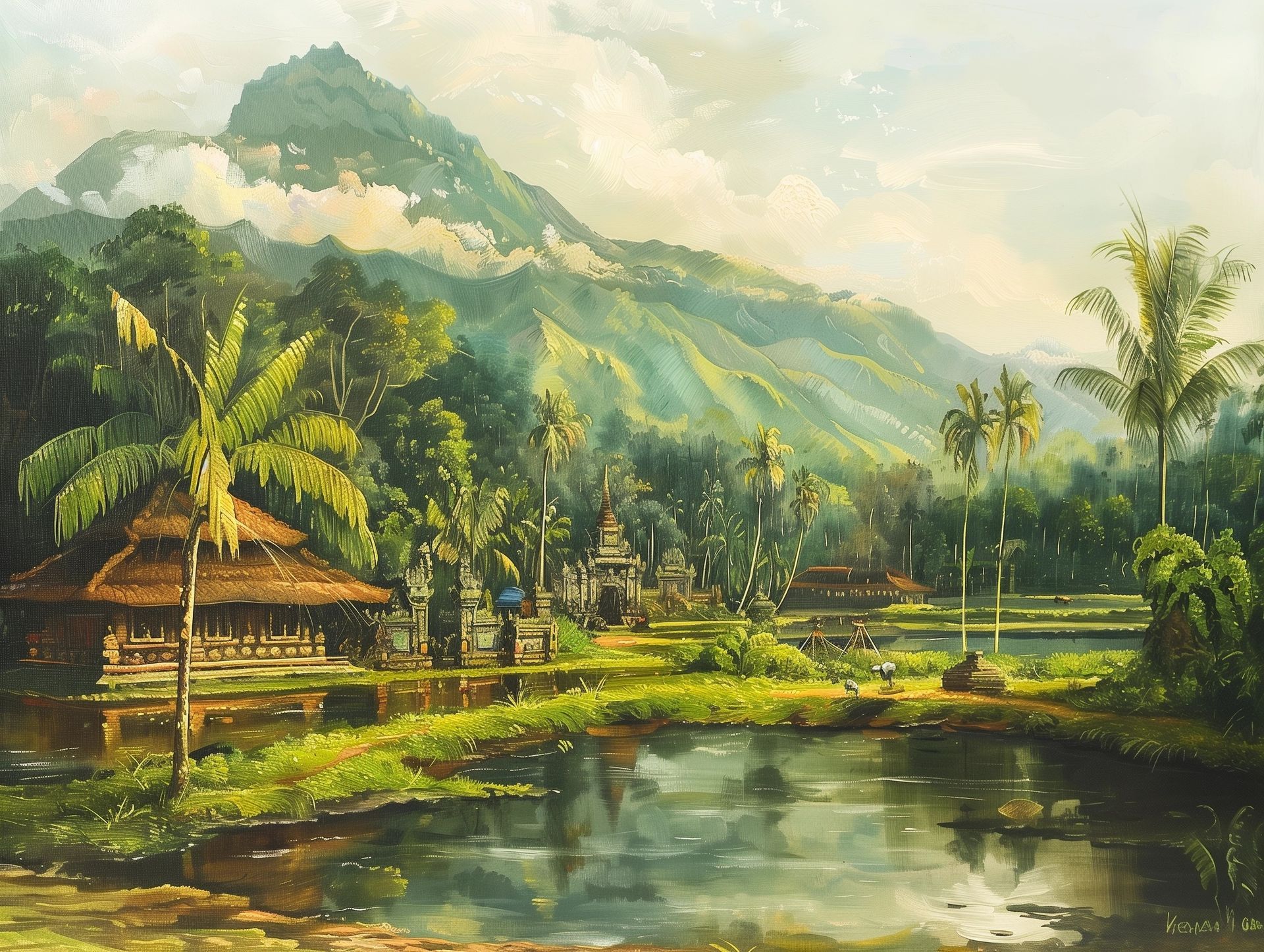12 curious Canadian folklore stories of myths, monsters and secrets you’ve never heard
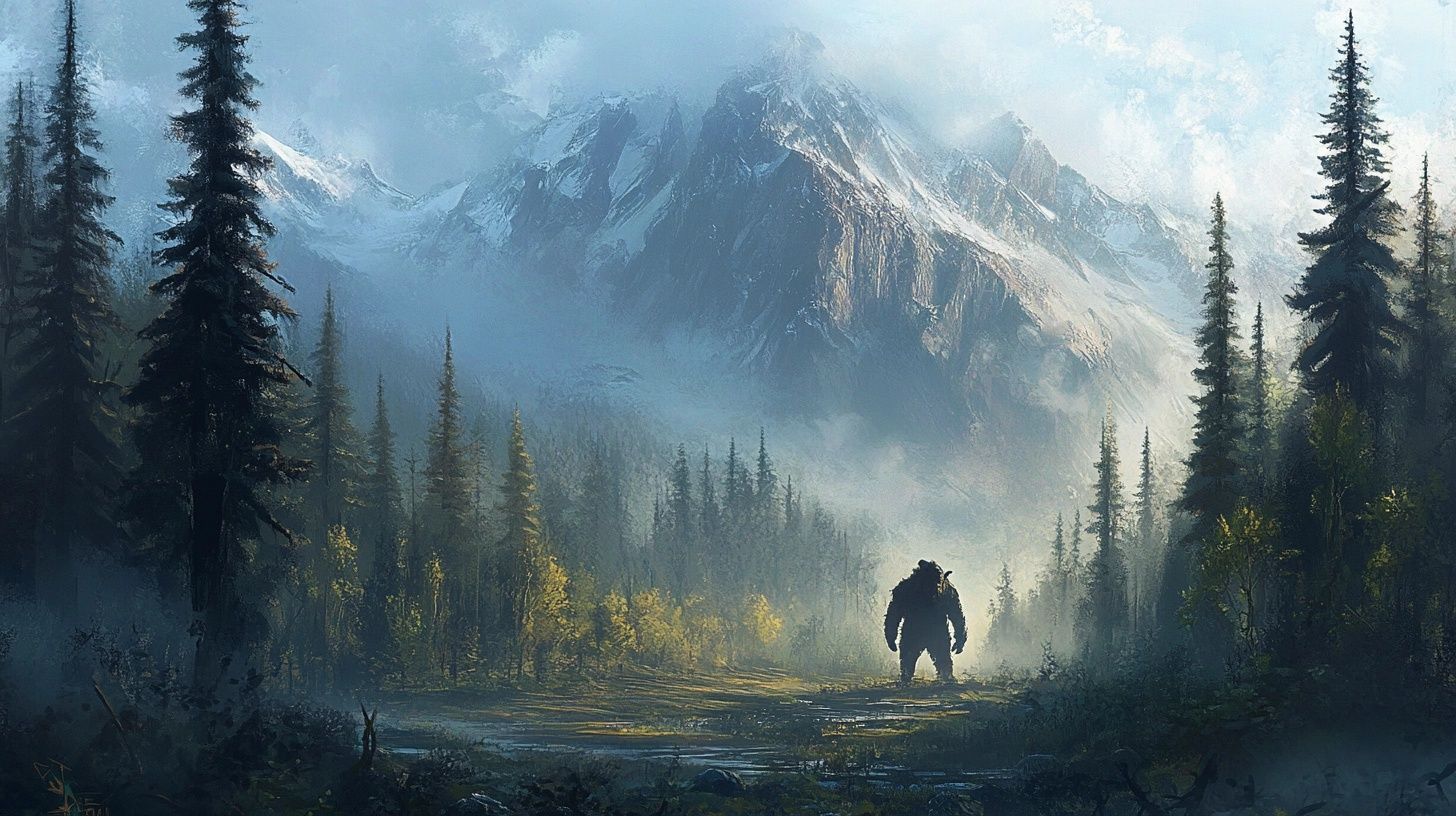
In this article:
When it comes to folklore, Canada’s got plenty. And it’s certainly not all about Bigfoot either...
The country’s mythology is as vast and varied as the land itself, shaped by Indigenous legends, French Canadian ghost tales and Inuit stories of the Arctic.
Each culture has its own set of mysteries, monsters and morals and they can't possibly all be done justice in one article.
So over time, i will be completing more in depth looks at each (and uncovering all the cutures and sub-cultures i'm not yet aware of!).
But for now, I have a quick round-up of some cracking (and a good few of the least known) myths and legends of the great country of Canada.
Let's go!
Published: 25th Oct 2024
Author: Sean Nixon
1. General Canadian folklore
Let’s kick off with general stories that aren't specific to any one culture - you might hear these around a campfire from Ontario to the Rockies.
The Ghost Ship of Northumberland Strait
For over 200 years, residents along New Brunswick, Prince Edward Island, and Nova Scotia’s coasts have reported seeing a ghostly ship on the Northumberland Strait, its sails ablaze but drifting silently across the water.
This fiery schooner appears on the horizon only to vanish as boats attempt to reach it, leaving no trace.
Some say it was a smuggling vessel set alight to evade capture; others think it was cursed for mistreating its crew.
Whatever the origin, it’s become a classic East Coast legend.
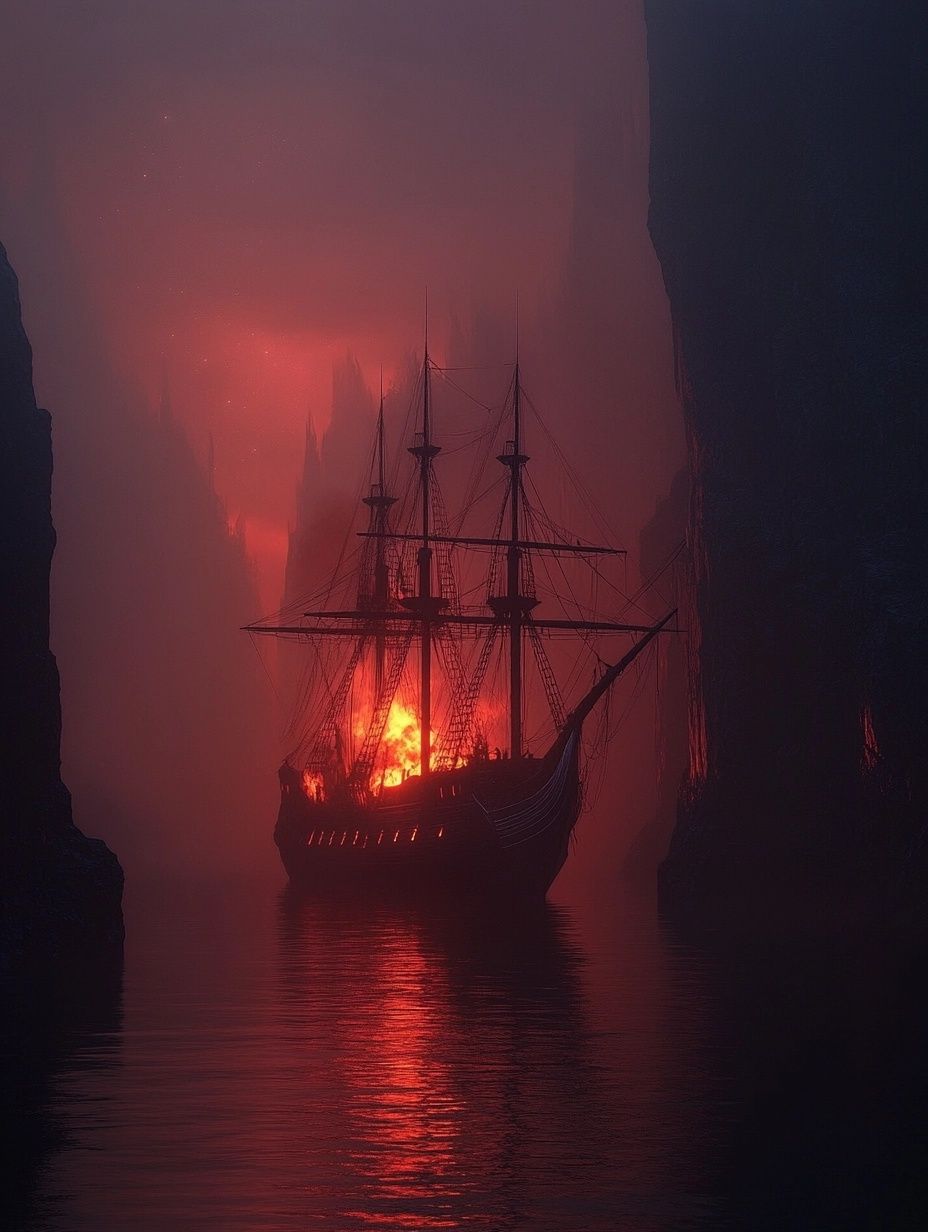
Paul Bunyan, the sort-of-Canadian Lumberjack
Technically, Paul Bunyan is better recognised as a US legend, but in Canada, he’s something of an unofficial mascot for logging towns.
Some legends say he carved out parts of the landscape, like the Sleeping Giant rock formation in Ontario.
Sure, he’s fictional, but there’s a reason why the image of an impossibly strong, tree-chopping giant feels right at home in Canada’s forests.
Maybe because it’s about survival, hard work, and well, some wild exaggeration.
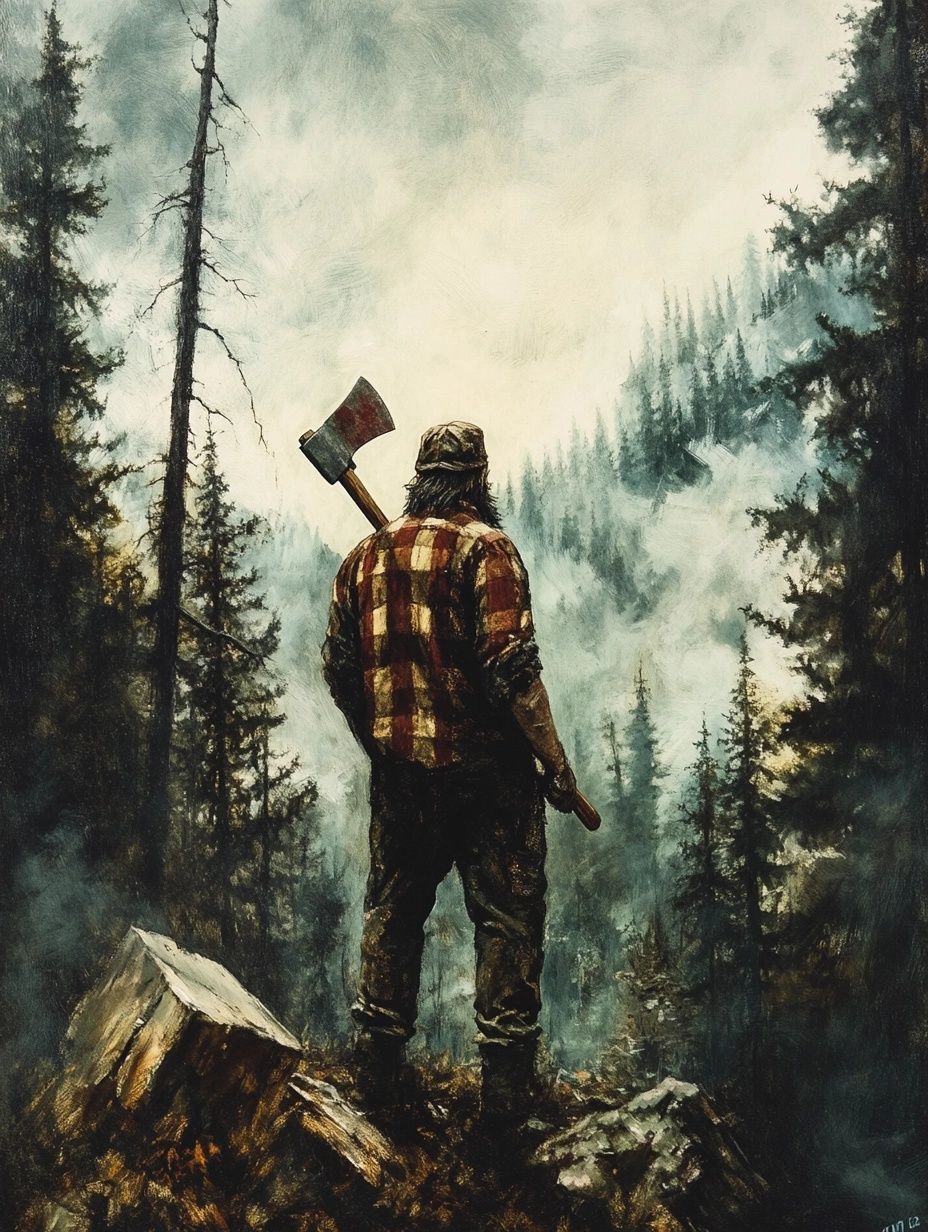
Haunted Canadian Railways
Canada’s railways have their share of eerie stories, from ghost trains seen in remote areas to haunted stations where footsteps echo long after dark.
The most famous story is about the “Phantom Train” that supposedly appears on moonlit nights in Northern Ontario.
It’s said to be the ghost of a train that derailed long ago, a reminder of Canada’s rugged frontier days when the train was a lifeline - and sometimes, a death trap

2. French Canadian folklore: a touch of the supernatural
French Canadian tales add an intriguing twist to Canada’s folklore - full of mysticism, devils and creatures that go bump in the night. Quebec’s folklore is where European legends meet North American wilderness, producing legendary stories that are spooky but tinged with humor.
The Loup-Garou
Imagine a Canadian werewolf who doesn’t just terrorize you at night but also punishes you for breaking Lent.
Yes, that’s the loup-garou, a shape-shifter believed to haunt the countryside of Quebec.
He’s a blend of French werewolf tales and local adaptation.
Some say the loup-garou can take any shape it likes, appearing as a wolf, an owl, or even a cat.
You’d think something that flexible wouldn’t worry about Lent.
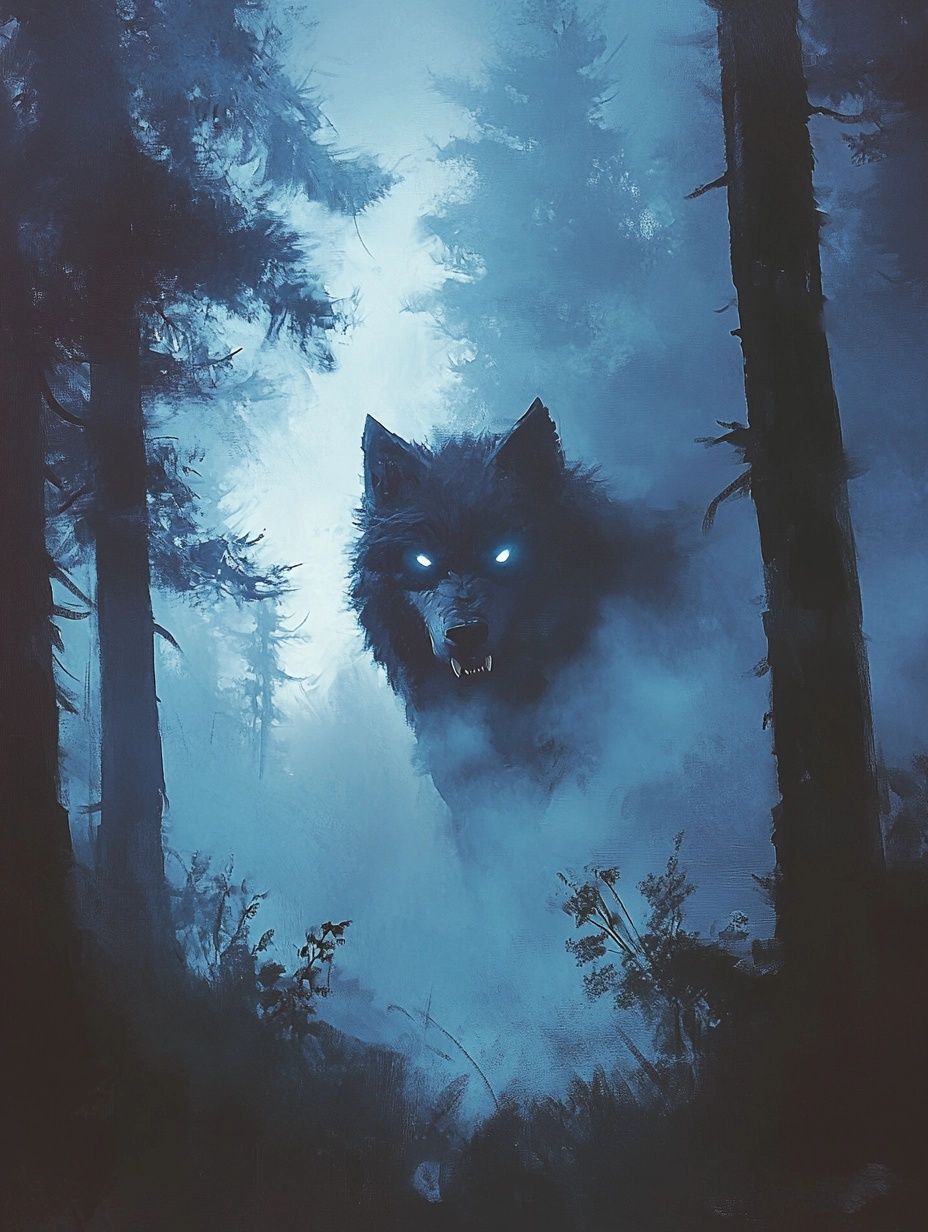
The Flying Canoe (La Chasse-Galerie)
One of the best-loved stories from French Canada, this legend tells of a group of voyageurs who, desperate to get home for New Year’s, make a pact with the devil.
They hop into a flying canoe (as you do) to speed over the forests, only to realize the price might be more than they bargained for.
This story says a lot about Canada’s early settlers, their ties to Catholic beliefs and their love for a good thrill. You can almost picture the canoe, silhouetted against the moon, streaking through a cold winter sky. In fact i've imagined it right here...
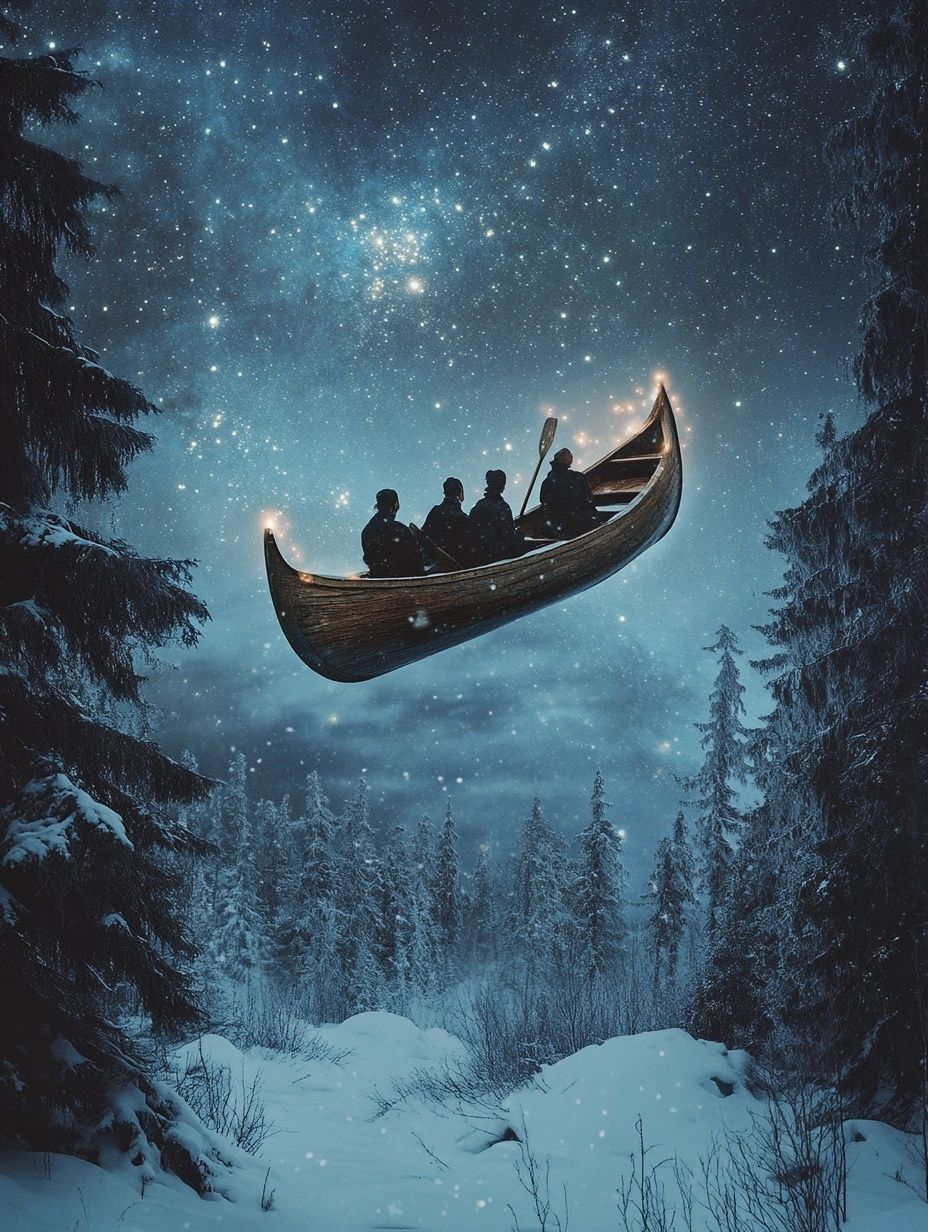
Le Bonhomme Sept-Heures
Literally translated, it's "the good man, 7 0'clock", but this bogeyman isn't a friendly guy!
Parents would tell their kids that if they didn’t settle down by 7 p.m., the Bonhomme Sept-Heures would sneak in with his sack to carry them away.
Some versions claim he wears a dark coat and top hat, making him just that bit more creepy.
He was likely just a ploy by parents to get their kids to sleep, but he’s stuck around as a curious bit of folklore.
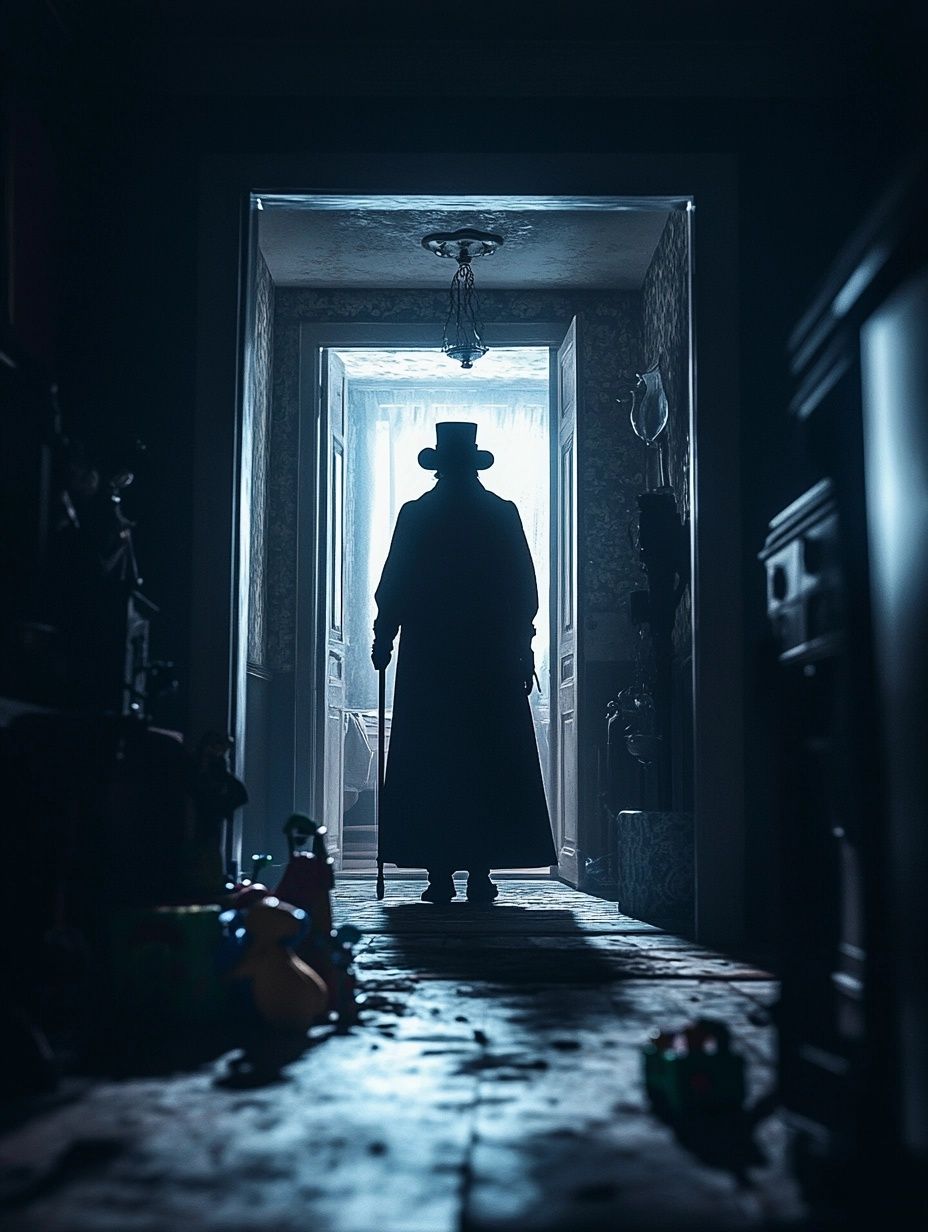
3. First Nations folklore: spirits, tricksters and origins
Across Canada, each First Nation has stories uniquely tied to its landscape and culture. These tales explain the world’s origins, warn against misbehavior and teach respect for nature. Each of them deserve their own articles but for this round-up, here are just a few that stand out:
The Creation Story (Cree)
In one Cree version of the world’s creation, a trickster named Wisakedjak is tasked with making humans, only to realize it’s more challenging than expected.
He tries shaping humans from mud, but they fall apart or stumble around, not quite following his vision. Frustrated but undeterred, Wisakedjak keeps experimenting, learning as he goes.
Along the way, he befriends animals and even seeks their advice, acknowledging that they, too, play a role in the world’s balance.
His story doesn’t paint him as a wise, infallible creator but as someone who stumbles, tries again, and embraces imperfection—a relatable figure whose journey reflects our own trial-and-error approach to life.

The Wiindigo (Wendigo and other variations depending on the dialect)
Among the Algonquin-speaking tribes, the Wiindigo is a terrifying creature embodying greed and insatiable hunger.
Often described as a monstrous, emaciated figure with an insatiable appetite for human flesh, the Wiindigo roams the winter forests, preying on those who have lost their way.
But this creature isn’t just a monster; it’s a cautionary tale of selfishness and greed.
Some stories say people become Wiindigo when consumed by greed or isolation - fascinating symbolism for the struggle to maintain humanity in the harsh northern winters.
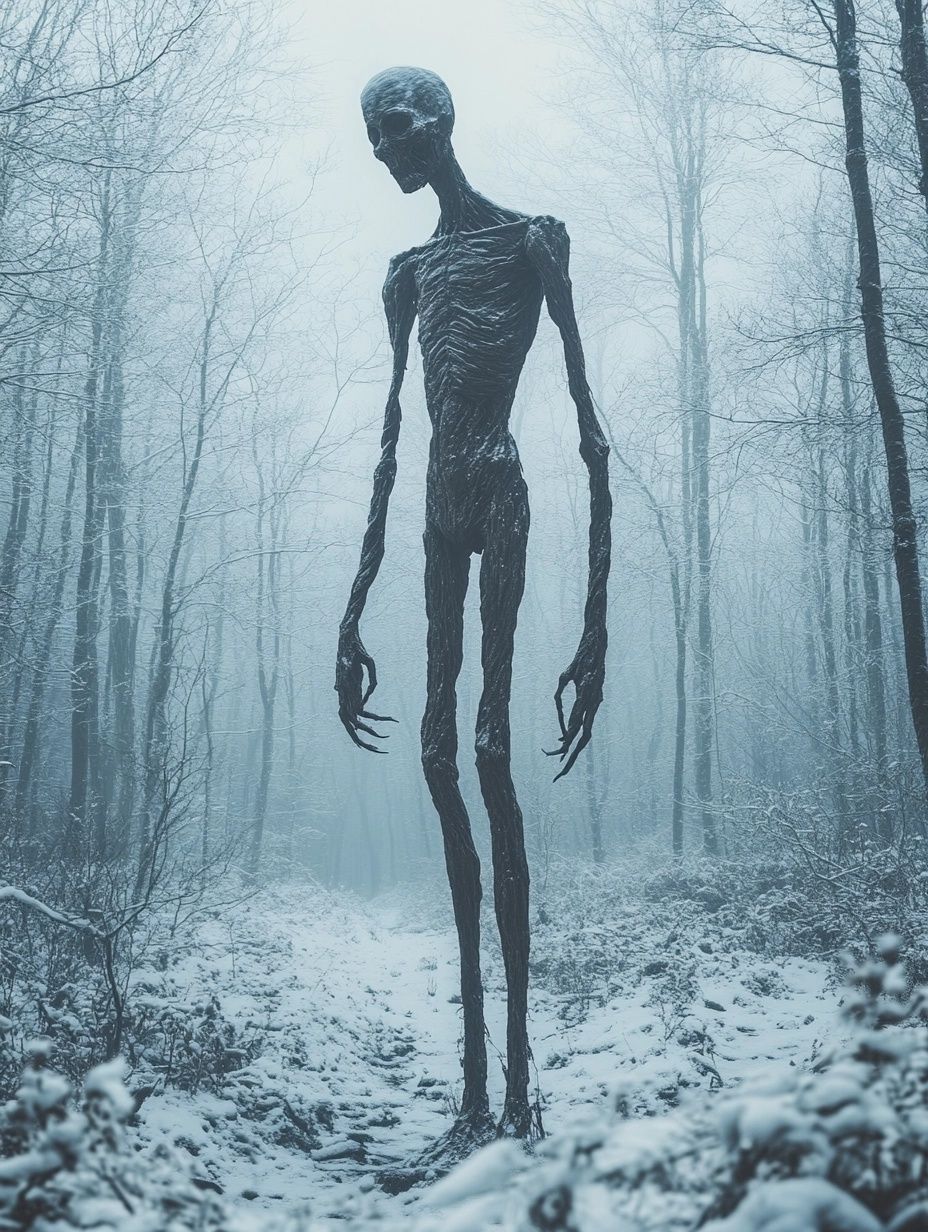
Thunderbirds (Anishinaabe)
Powerful and mysterious, the Thunderbirds are protectors of the land and controllers of the weather.
According to lore, when Thunderbirds beat their immense wings, they create booming thunder and flashes of lightning.
They’re not just fierce guardians; they’re seen as moral beings who punish those who disrespect the earth, especially those who take more than they need.
Sometimes described with vibrant, multi-colored feathers and piercing eyes, these beings are both feared and revered, embodying the forces that keep the natural world in harmony.
And serving as a warning to tread carefully and live in balance with the environment.
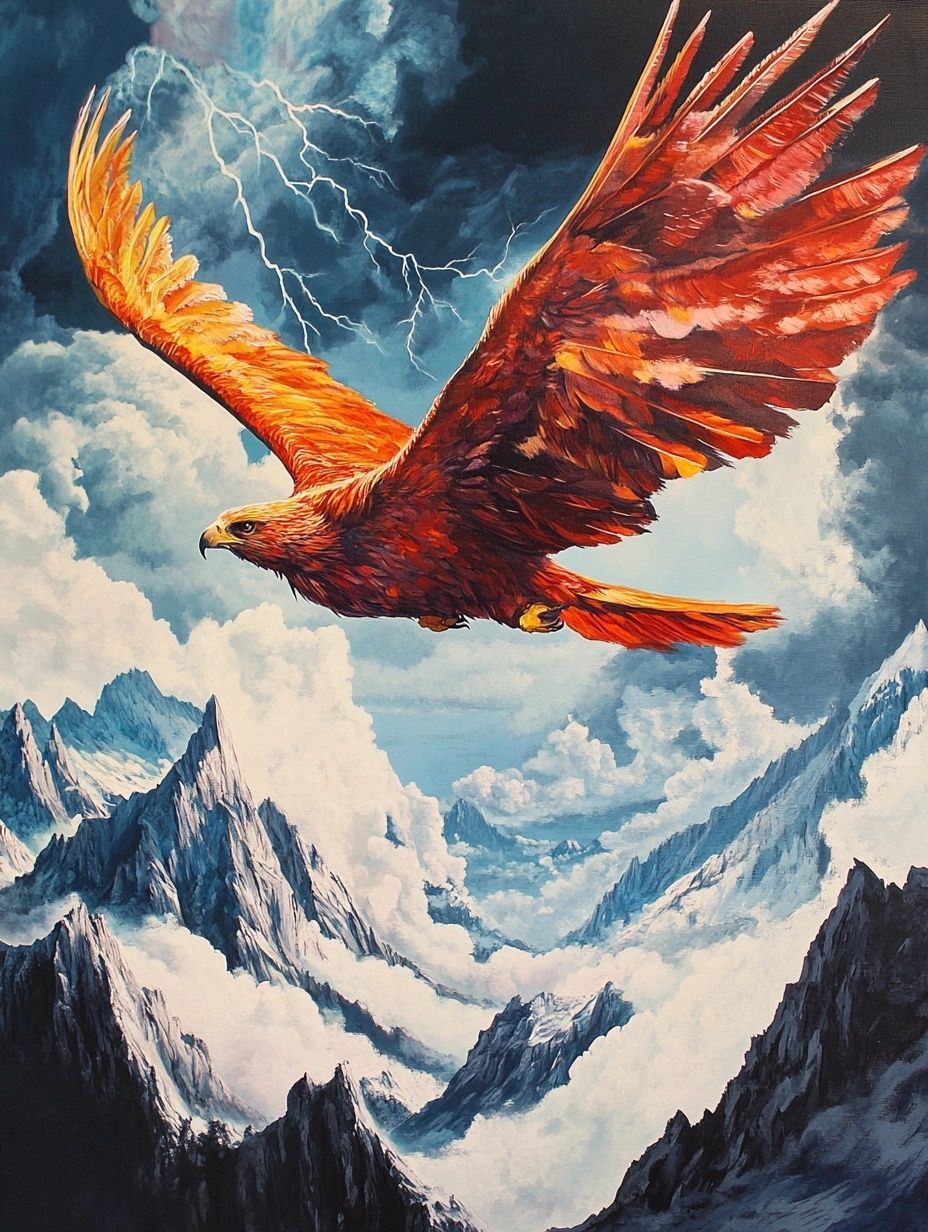
4. Inuit Folklore: survival and spirit in the arctic
Inuit folklore is closely tied to life in the Arctic - a place where survival is no small feat. Their stories are about resilience, respect for the land and a spiritual connection to their harsh surroundings. Another topic that will have its own dedicated article but for now...
Sedna, the Sea Goddess
Depending on the version, Sedna ends up at the bottom of the ocean after her father either abandons her or pushes her overboard. Charming.
She becomes the ruler of the sea and the mother of marine animals, a powerful but mercurial figure. Inuit hunters must appease her for a successful hunt.
Sedna’s tale highlights the respect Inuit people have for the sea and its creatures - a partnership born out of necessity and reverence.
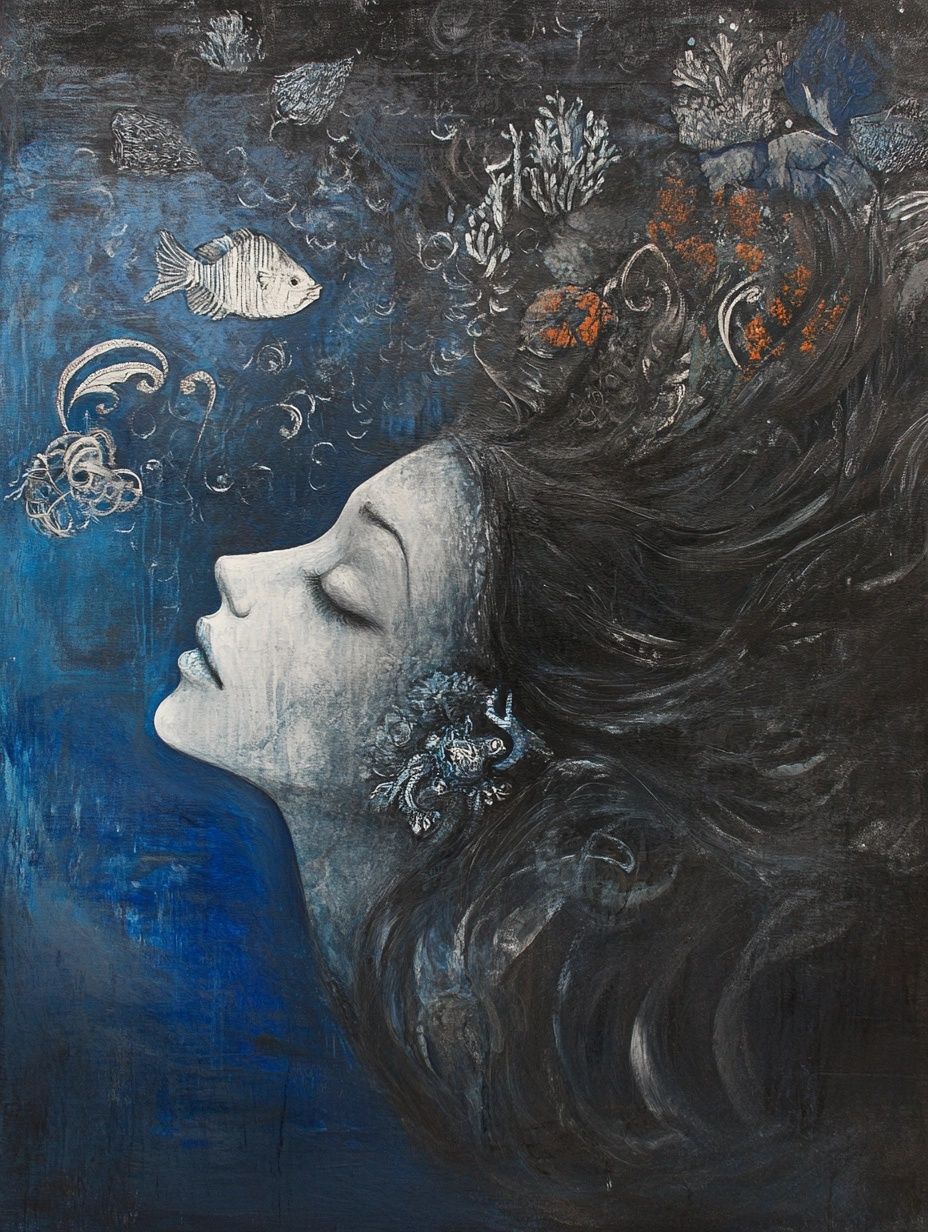
Aurora Spirits
The Northern Lights, or aurora borealis, have long fascinated people, but in Inuit folklore, they’re more than just a light show.
Some stories say they’re spirits of ancestors playing in the sky, or maybe they’re watching over the living.
While science explains the auroras in detail, the Inuit see them as a reminder of the connection between the world we see and what lies beyond.
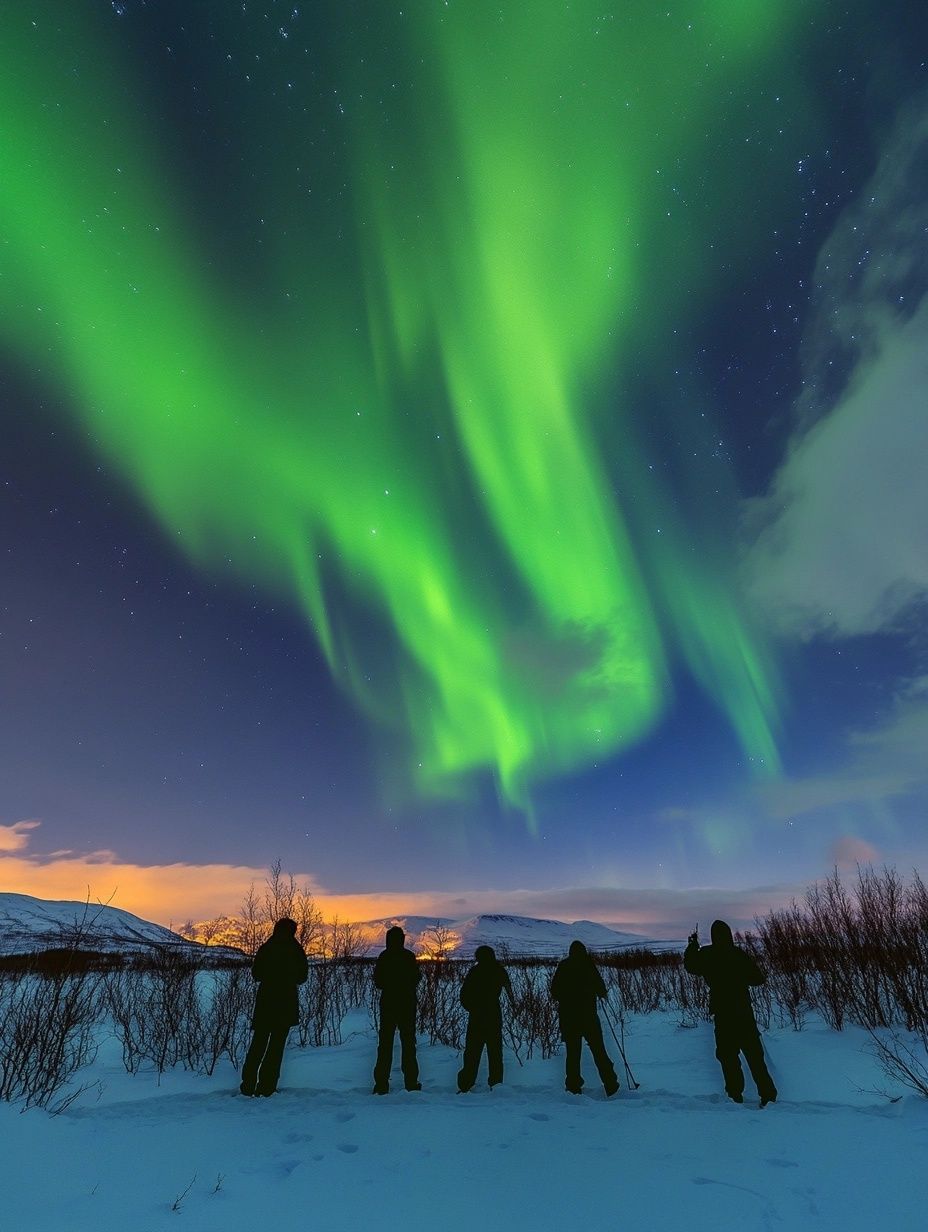
Kiviuq the Wanderer
Kiviuq is an Inuit hero who roams the Arctic, facing supernatural challenges as he journeys across the ice and sea.
In each story, he encounters shape-shifters, spirit animals, and even giant waves that test his endurance.
Kiviuq’s tales speak to the strength it takes to survive in the Arctic - an unending journey against odds that can seem impossible.
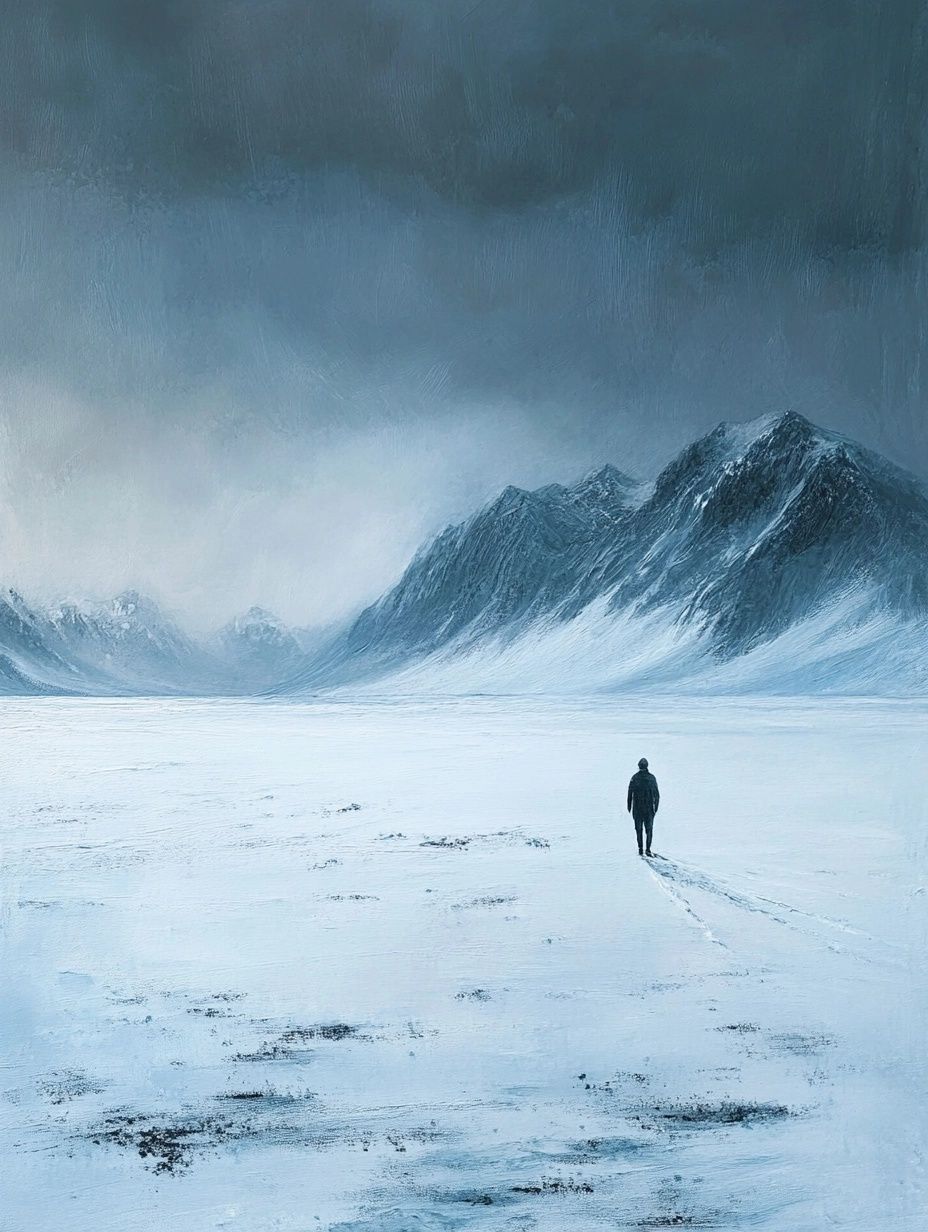
Canadian folklore is special because of its creatures, cultural influences and the vast landscape, which let's face it, includes a lot of unforgiving, unmapped territory that is just perfect for producing legendary tales.
From the traditions of Indigenous peoples to the tales brought by French settlers and more, these stories reflect a mix of beliefs and experiences. The environment undoubtedly plays a big role: from frozen tundras to thick forests, the wilderness is as much a character as the beings that inhabit it.
It's a place perfect for stories about survival, respect for nature and the supernatural. The Wiindigo is a product of isolation and scarcity in winter - a warning about what happens when desperation takes over. The Loup-Garou reflects rural life and community values.
These legends aren’t just entertainment - they’re a way of understanding the world.
If you enjoyed this, you'll love a bit of
Greenlandic Inuit folklore and mythical creatures, a comprehensive round-up of this lesser-known island of the Arctic.
Article sources
- Agnieszka Pawłowska-Mainville (2022) “Cannibalizing the Wiindigo: The Wiindigog in Anishinaabeg and Oji-Cree Boreal Landscapes and Its Re-presentations in Popular Culture”, Literatura Ludowa. Journal of Folklore and Popular Culture, 66(3), pp. 51–69. doi: 10.12775/LL.3.2022.003.
- Beaugrand, Honoré. New studies of Canadian folk lore. [Montreal, E.M. Renouf, 1904] Pdf. https://www.loc.gov/item/43028271/
- Foccroulle Menard, Xavier, The Legal within Folktales: Embedded Law in Indigenous and French Canadian Oral Stories (January 1, 2021). ANAMORPHOSIS: International Journal of Law and Literature 7:1, 2021
- Greenough, William Parker. Canadian Folk-Life and Folk-Lore. New York, G.H. Richmond, 1897.
Explore more folklore tales from North America
11 US ghost towns that are actually haunted
Maybe...if you like escaping the crowds, these towns are not only abandoned but largely unvisited by tourists. Check them out.
Explore more folklore tales from the rest of the world
This Central American country has a lot to say when it comes to fascinating folklore.
16 short tales from Indonesian folklore
Including the baby born from a cucumber - read about it now!


